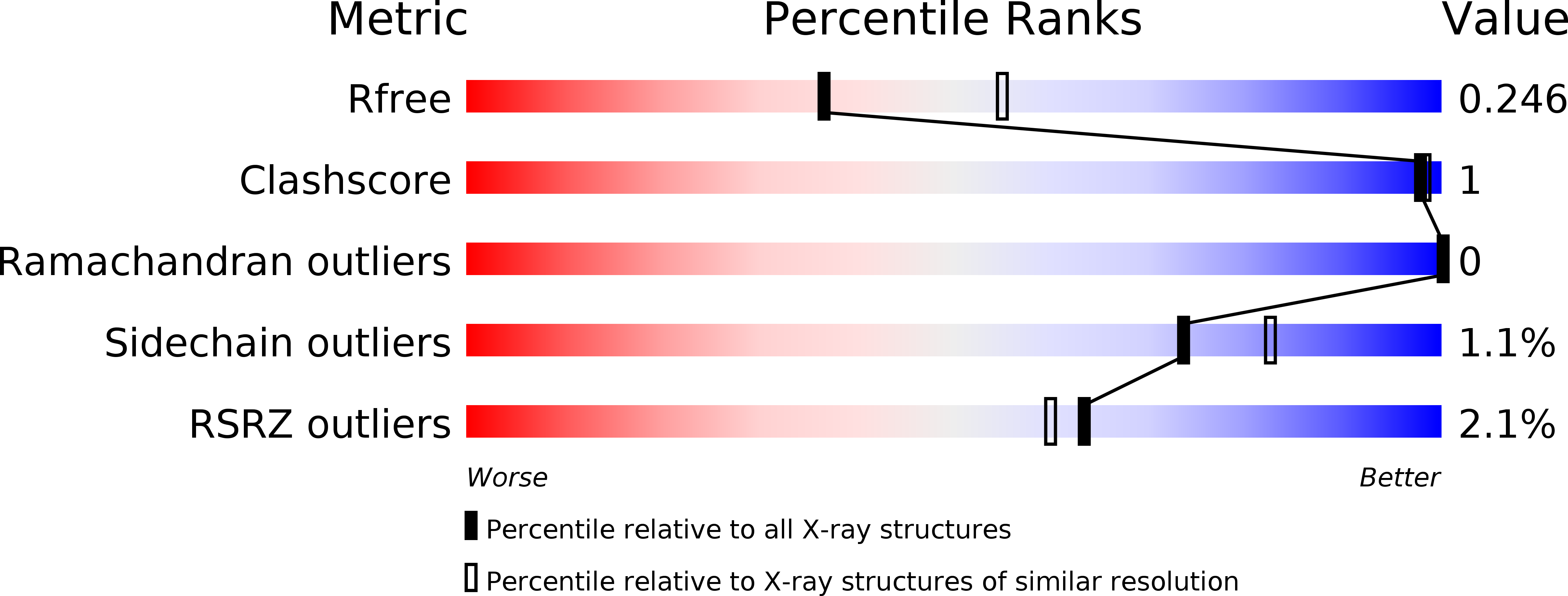
Deposition Date
2019-06-13
Release Date
2020-01-08
Last Version Date
2024-03-13
Entry Detail
PDB ID:
6PBC
Keywords:
Title:
Structural basis for the activation of PLC-gamma isozymes by phosphorylation and cancer-associated mutations
Biological Source:
Source Organism:
Rattus norvegicus (Taxon ID: 10116)
Host Organism:
Method Details:
Experimental Method:
Resolution:
2.46 Å
R-Value Free:
0.24
R-Value Work:
0.20
R-Value Observed:
0.20
Space Group:
P 21 21 21


